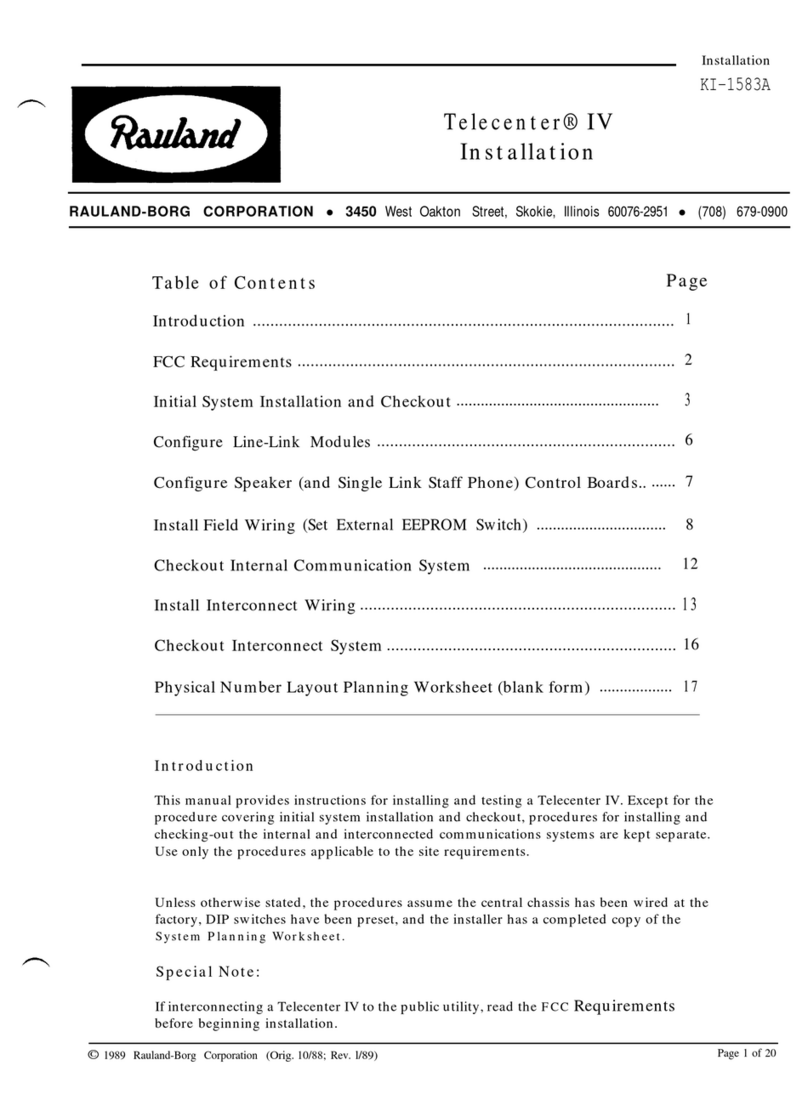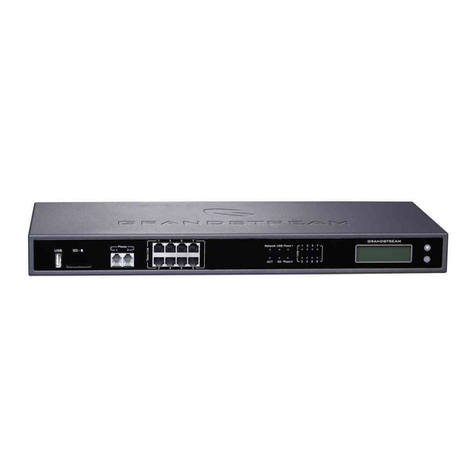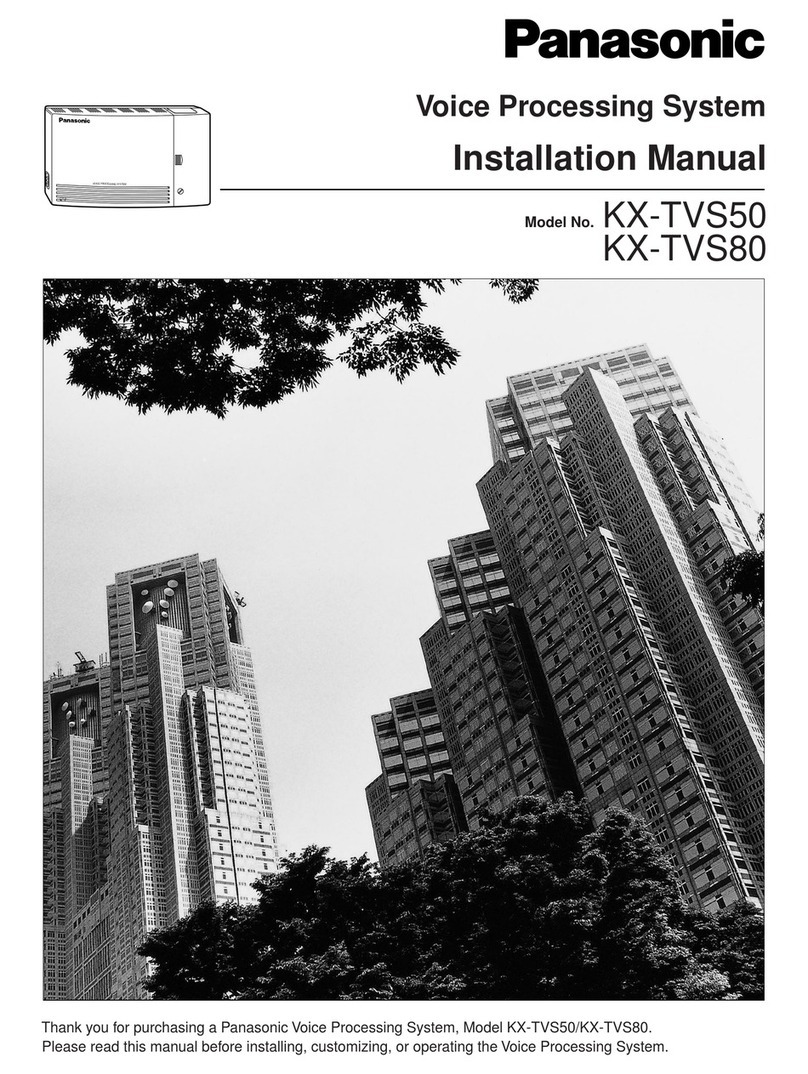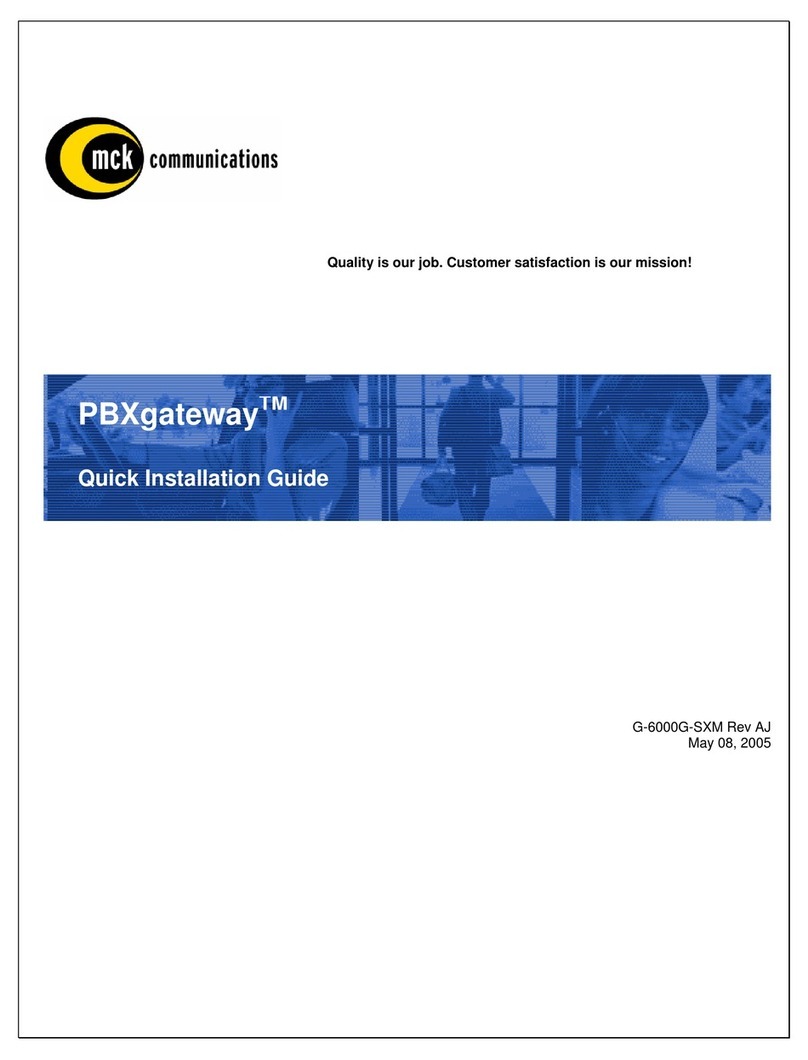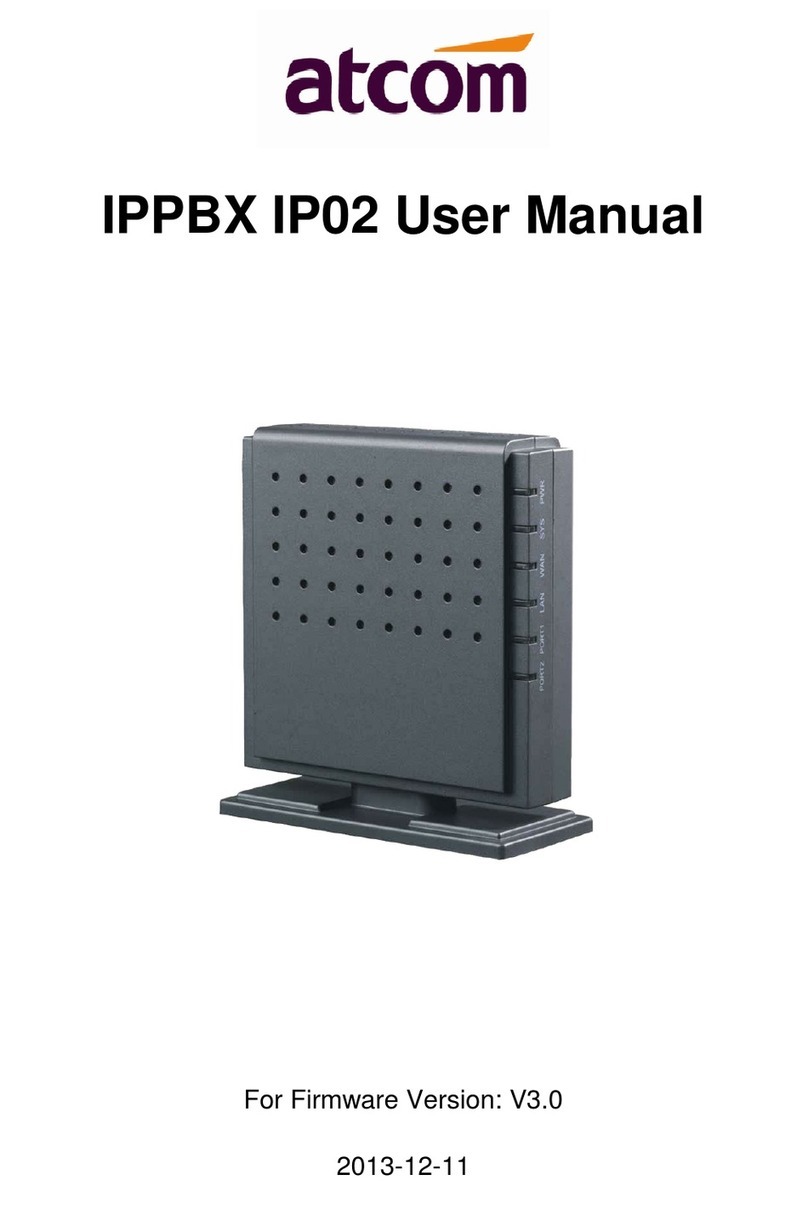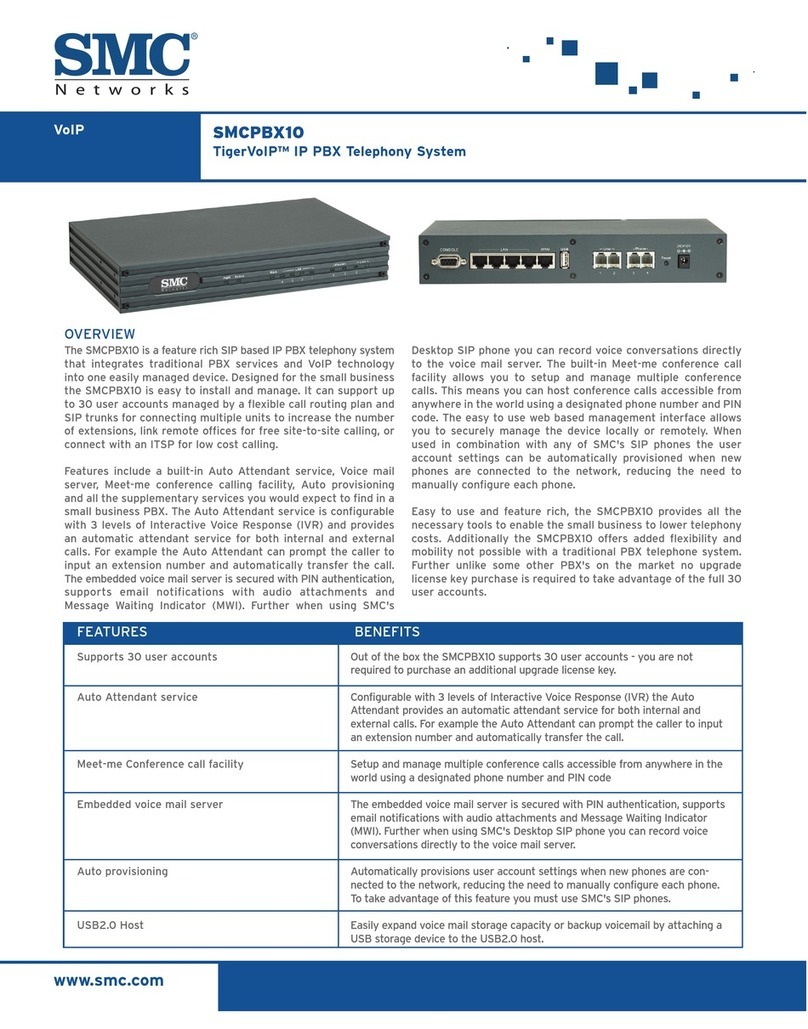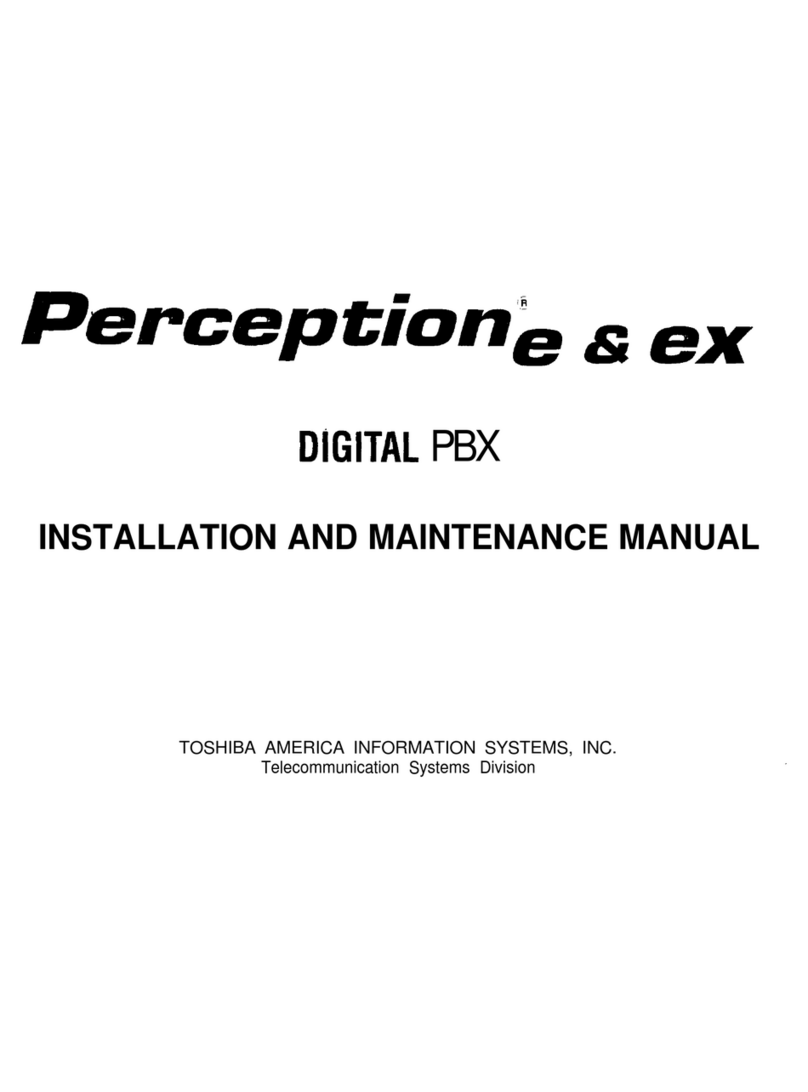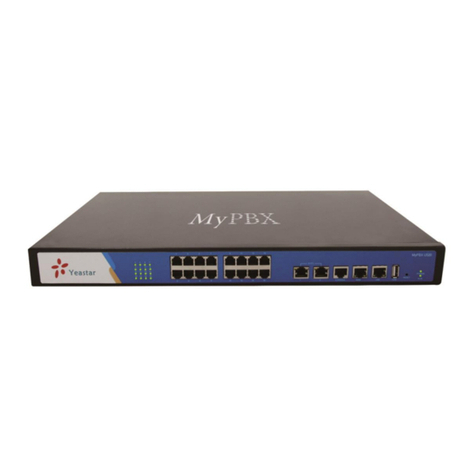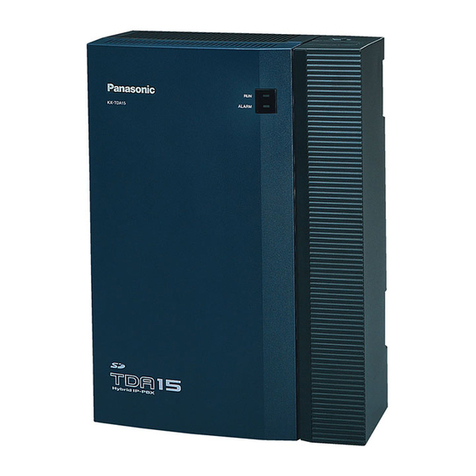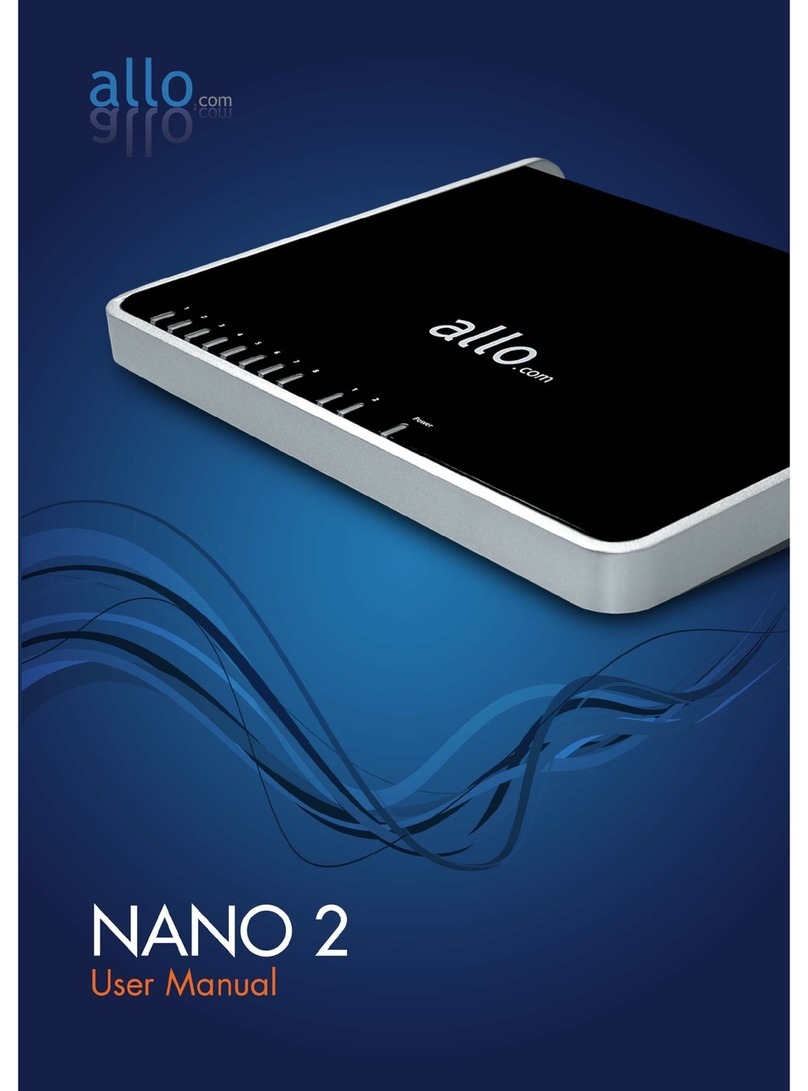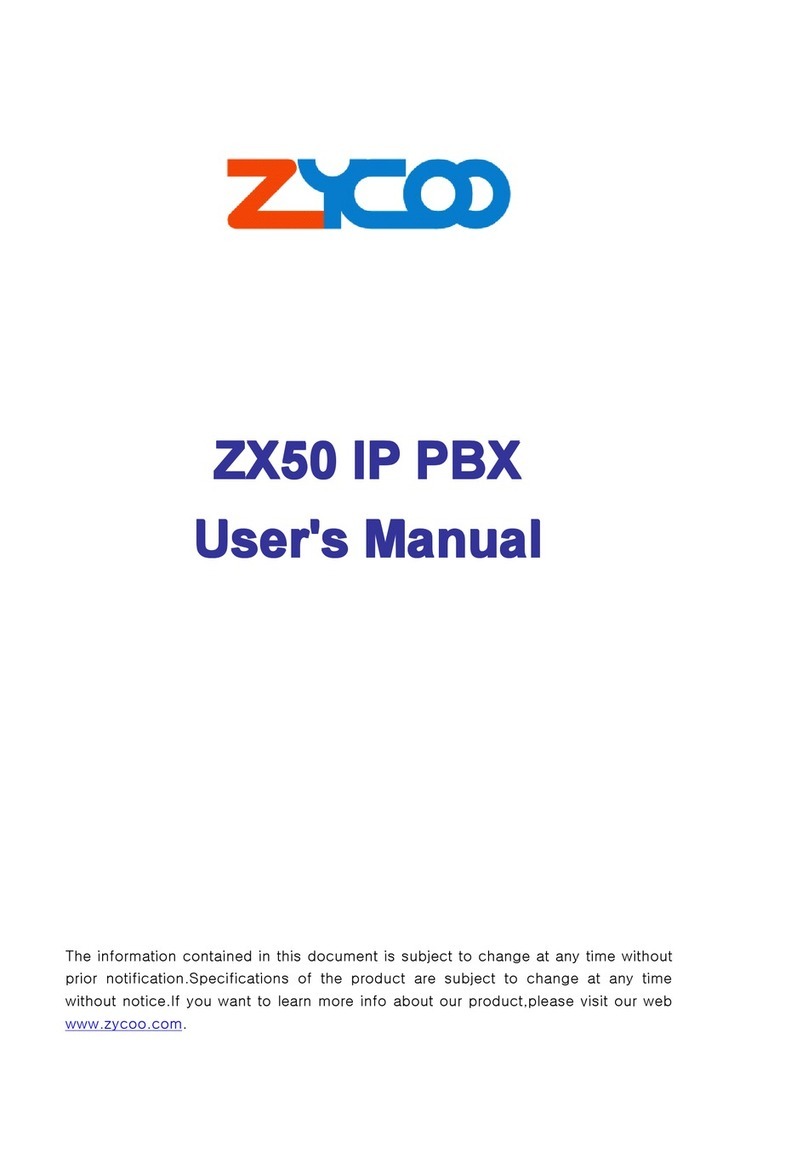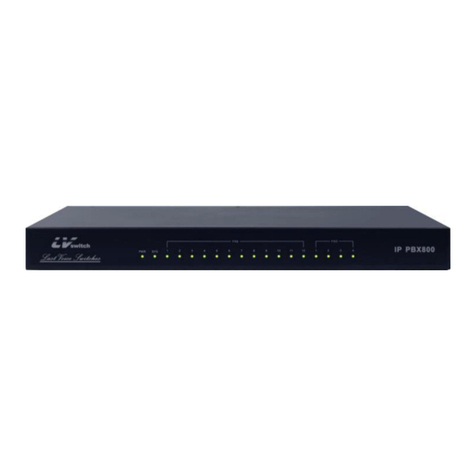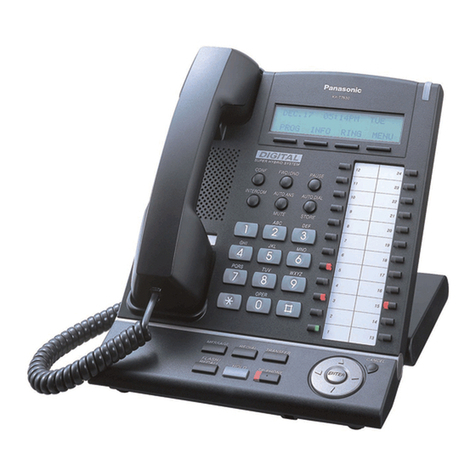
2N NETSTAR – User Manual
CONTENTS
About 2N NETSTAR .................................................................................................5
1. GENERAL PBX SERVICES...............................................................................8
1.1. Incoming Calls ........................................................................................................ 8
1.2. Outgoing Calls ........................................................................................................ 8
1.2.1. Call to Internal PBX Subscriber........................................................................... 8
1.2.2. Call to External Subscriber (Public, GSM, IP, or Private Networks) ................... 8
1.3. Quick Dialling.......................................................................................................... 9
1.4. Hot Line ................................................................................................................... 9
1.5. REDIAL .................................................................................................................... 9
1.6. LOG Dialling............................................................................................................ 9
1.7. Direct Access.......................................................................................................... 9
2. PBX CONNECTING SERVICES.......................................................................11
2.1. Call Transfer.......................................................................................................... 11
2.1.1. Call Transfer with Hang-Up............................................................................... 11
2.1.2. Call Transfer without Hang-Up.......................................................................... 11
2.1.3. Transfer to PSTN .............................................................................................. 11
2.2. Return to Transferred Call ................................................................................... 12
2.3. Call Alternation ..................................................................................................... 12
2.4. Call Forwarding..................................................................................................... 12
2.5. Call Hold - Temporary Call Suspension.............................................................. 12
2.6. Mute ....................................................................................................................... 13
2.7. Call Parking........................................................................................................... 13
2.7.1. Call Parking on Central Parking Place.............................................................. 13
2.7.2. Call Unparking................................................................................................... 13
2.8. Ringing Take-Over................................................................................................ 14
2.8.1. Ringing Take-Over from Own Group ................................................................ 14
2.8.2. Ringing Take-Over from Line ............................................................................ 14
2.8.3. Ringing Take-Over from Group......................................................................... 14
2.9. Call Redirection .................................................................................................... 15
2.9.1. Call Redirection - Immediately .......................................................................... 15
2.9.2. Call Redirection - Busy...................................................................................... 15
2.9.3. Call Redirection - No Answer ............................................................................ 16
2.9.4. Call Redirection to PSTN or PN ........................................................................ 16
2.9.5. Call Redirection Disable.................................................................................... 16
3. SECURED PBX SERVICES .............................................................................17
3.1. Station Disable/Enable......................................................................................... 17
3.2. Station Locking/Unlocking for Incoming Calls in Mobility Extension Mode... 17
3.3. Log IN/Log OUT Station ....................................................................................... 17
3.3.1. Log IN................................................................................................................ 17
3.3.2. Log OUT............................................................................................................ 18
3.4. Private Call ............................................................................................................ 18
3.4.1. From Own Station ............................................................................................. 18
3.4.2. From Other Station............................................................................................ 18
3.5. PIN Setting............................................................................................................. 19
V 1.13
